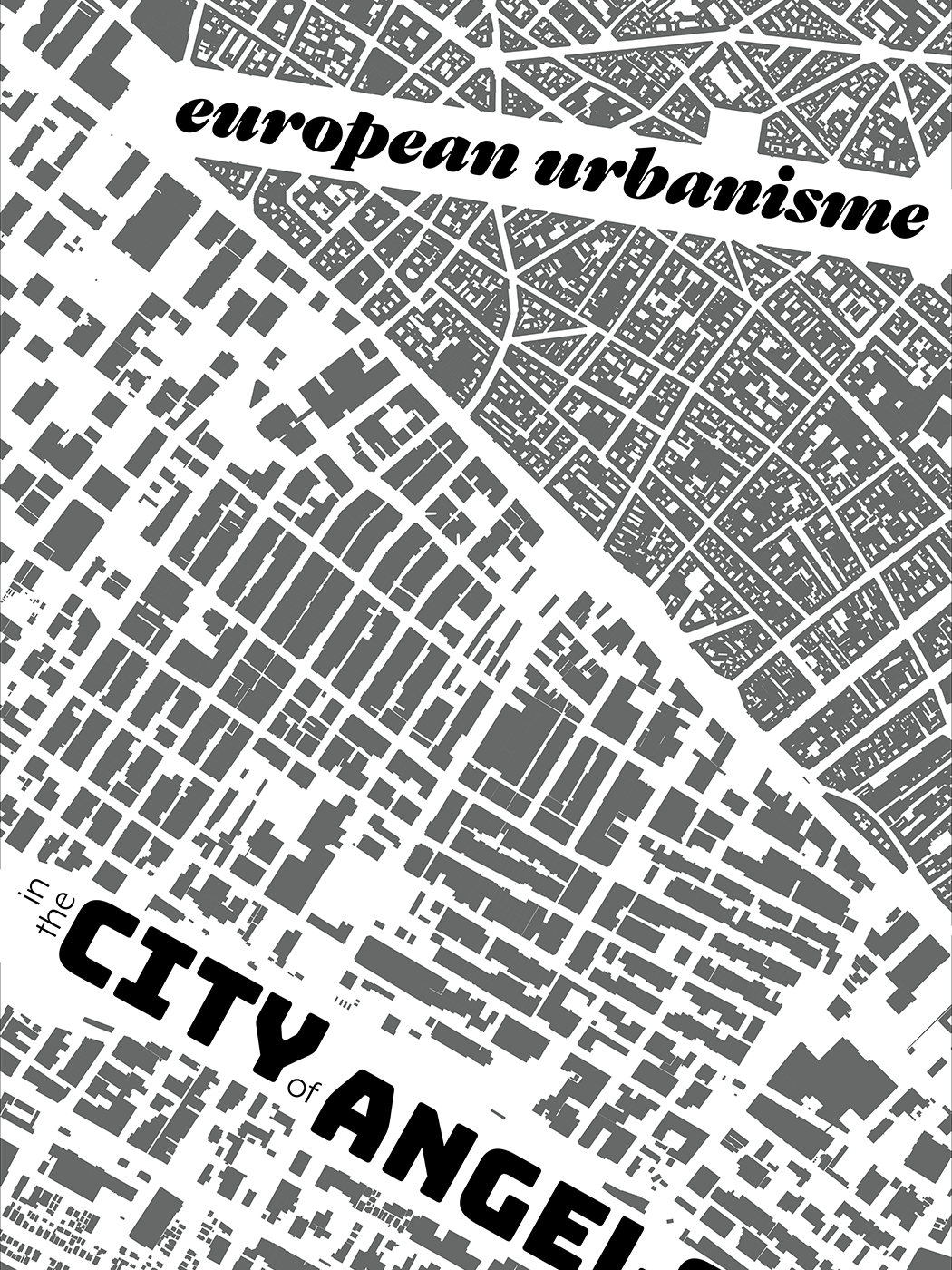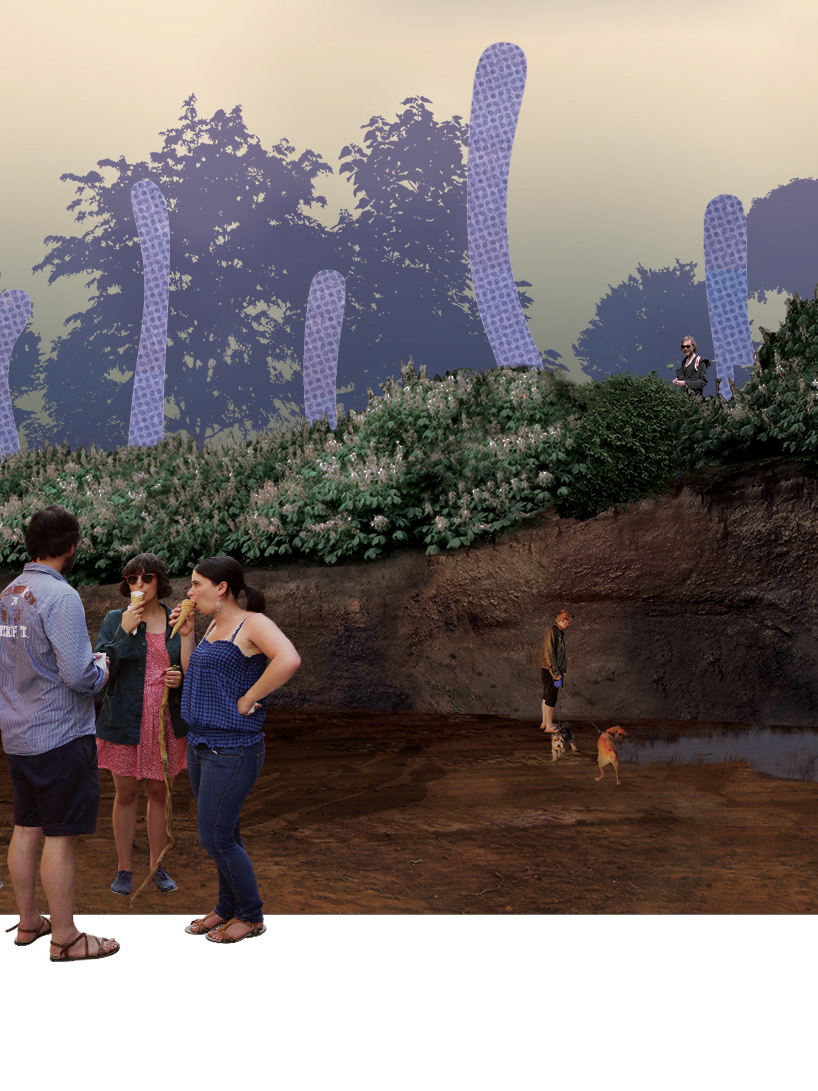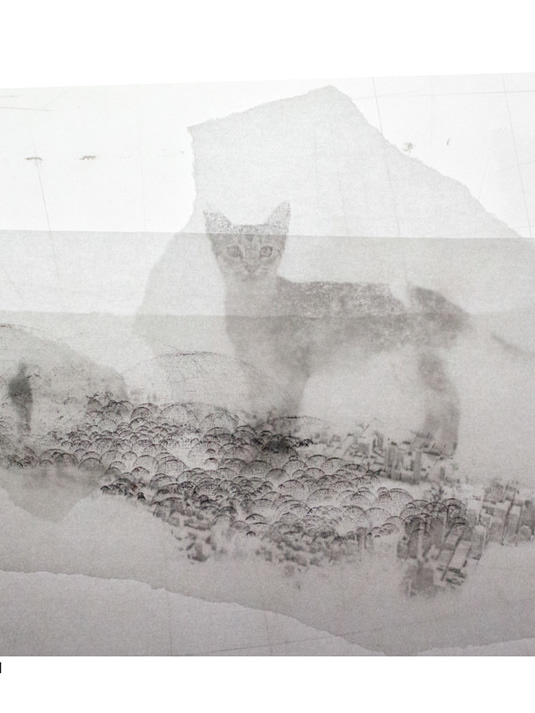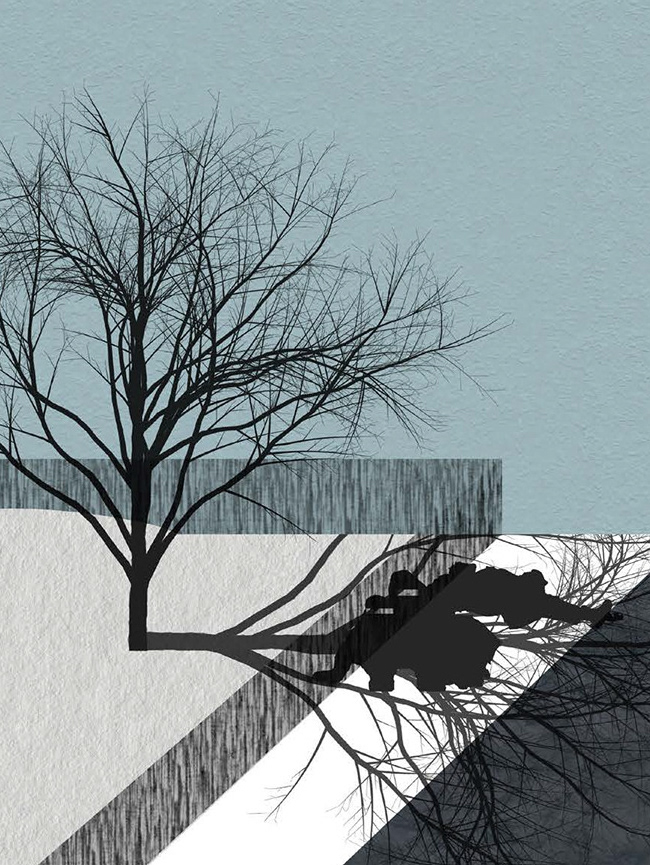I am fascinated by space, the environment in which we exist. To borrow philosopher Michel Foucault’s analogy, a space can be seen as a table where things are arranged. To an artist, space is limited by the four edges of the flat canvas; yet, we have the liberty to introduce depth on this two-dimensional platform. I create a visual narrative of identity by manipulating and rearranging visual elements onto the limited space of a canvas. This project is an exploration of three topics: (1) objects that inform identity, (2) the rearrangement of reality into an invented space, and (3) how the invented space informs identity. Ultimately, I argue that space and identity are interconnected. Identity is defined by space. At the same time, a being defines its surroundings as well.
(1) OBJECTS AND IDENTITY
The meaning of identity is rather complicated, but can be simplified as ‘who (or what) a person (or thing) is.’ I explore this idea by expanding the unit of identity beyond a ‘person (or thing)’ and into a furnished room. Featuring the subject in an indoor and personal environment creates an intimate environment where the viewer may connect to the persons in the painting.
The three portraits are a collaboration between myself and the sitter. By asking the sitter a set of prepared questions, I learn about the places and experiences he or she closely associates. My models share with the viewers their upbringing as well as wonder about the coming paths. Together, we introduce objects that represent specific memories and important virtues. Most monuments in the paintings are derived from photo sources provided by the sitter. Some objects, like a few famous paintings, are from anonymous digital reproductions. I manipulate and combine all of these items to compose an invented space.
***
(2) INVENTED SPACE
From an early age, we are taught to distinguish between fiction and nonfiction. For instance, fantasies of dragons are considered to be imaginary and made-up, while written biographies of persons are, as we are taught, grounded in truth.
The individual objects and physical environments depicted in my project are reproductions of real physical objects often from my sitters’ somatic experiences. However, in the modeling session, my sitters are isolated from the selected objects and surroundings. In the studio, I am limited to the physical presence of the sitter and digital reproductions of the objects.
As an artist, I have the liberty to arrange visual elements regardless of the source. I manipulate the composition to arrange visual fragments into a coherent narrative. The completed portrait itself is a fictional representation of my model’s real experiences. The invented space and its components represent the model’s identity.
***
(3) SPACE AND IDENTITY
The final painting is a synthesis between physical reality and an interpretation of identity. My invented space, albeit fictional, holds a degree of truth in defining my model’s identity. As viewers, we observe the painting holistically by engaging with the space within the borders of the canvas.
The invented space defines the subject of the painting as much as he or she does of the space. This is emphasized in the painting process. On the painted surface, the subject and surroundings are consubstantial; they are all made of the same oil paint. The combination of light, color, and gestural brushstrokes form a figurative reality.
Each work is curated by a paragraph that identifies objects that are involved in the painting. The invented space informs the viewer’s understanding of the sitter. Consequently, the viewer’s understanding of the sitter is aided by the space around him or her. Thus, the viewer gives life to the identity formed on the painting itself.
self-portrait in an invented space
Self-portrait in an invented space, the first work in the series, is the charcoal drawing in which I explore the limitations and possibilities of this project. In this drawing, I introduce various environments that are both imminent and far away from myself. I combine several different places into one composition: an imaginary bedroom, the floor of the studio, and a veranda vaguely like my grandparents’ old house. In addition, I introduce other spaces: the landscape painting by my grandmother, a mirror, and the imagined abstract landscape outside. I transport objects originating from a range of experiences, from my youth in Korea to this very studio space in Danville, Kentucky, to populate this interior.
MAGGIE
Maggie sits in the red leather chair located in her family’s living room. The bright frigid Minnesotan landscape shines through the window and hugs the interior with pale light. Maggie is accompanied by her dog, Sophie, and her favorite book, The Great Good Thing (2001). She focuses on the book in her hand, On Killing (1996), by Dave Grossman. Her attention is devoted to her studies but she enjoys the moment. The painting on the fire place, an excerpt of the Garden of Earthly Delights (1503-1515) by Hieronymus Bosch, watches over the space. Maggie breathes but she is suspended in time. At this moment and space, she is comfortable; she is in anticipation of a future but relaxes in warmth.
MARIAMA
Mariama stands in the courtyard of her family home in Ebotown, Gambia. Sunlight fills the entire enclosure. Two chairs surround a wooden table where food would be placed. She lifts up a red skirt with yellow flourishes to wrap around her waist. Underneath her feet is a small rug from her campus dorm room. Academic materials— a textbook, a binder, notes, and a laptop— are spread out in front of her. She stands in between two worlds. The physical difference between her Gambian home and study spaces in Danville, Kentucky are apparent. Her outfit, a typical ensemble in Kentucky, shows the difference of habit in the two cultures. Mariama connects with the viewer. Her gentle smile tells us a sense of nostalgia and excitement.
KEVIN
Kevin leans against a table in a lighted interior space. A silent air pervades through low light. On the bookshelf, there is an altar, where Kevin keeps a figure of Mother Mary and an icon of St. James the Greater. In his hands, his late uncle’s rosary gently rests. El Greco’s St. Francis in Prayer (1580–85) hangs behind Kevin in the back of the room. To his left, a strip of red carpet leads to an ascending staircase, a visual quote from Velazquez’s Las Meninas (1656). Kevin is meditating. A charm of St. Christopher, the Patron Saint of Travel, hides behind the glistening cross. This summer, Kevin will be traveling to Taiwan to continue his studies in the Chinese language.









